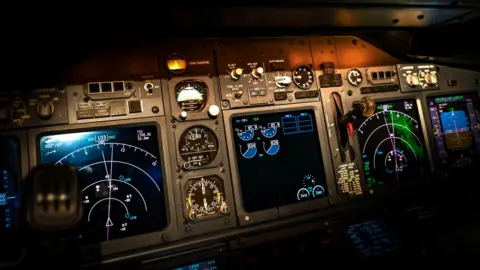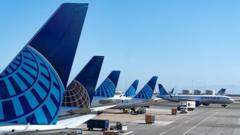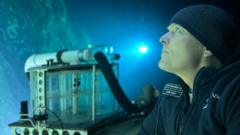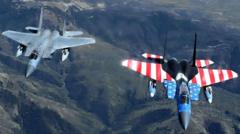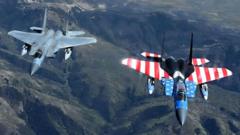Boeing's 787 Dreamliner has long been celebrated as a pinnacle of aviation safety and innovation. Now, however, it finds itself at the center of a storm following the tragic crash of Air India flight 171, which resulted in the deaths of at least 270 passengers. The incident has cast doubt on the aircraft's hitherto stellar reputation, especially as it crashed just 30 seconds after take-off, the cause of which remains under investigation. The recovery of flight recorder data has commenced, but eyes are turning toward the 787 itself, which had previously flown over a billion passengers without a fatal incident since its introduction.
Despite its reputation, the Dreamliner has not been impervious to criticism. Whistleblowers within Boeing have consistently raised alarms over serious quality control issues during the aircraft's production. They allege that some potentially defective planes were permitted to enter service, claims that Boeing has routinely denied. The 787 was initially celebrated for its pioneering use of composite materials, enhancing fuel efficiency and operational performance. Introduced in 2009, it was designed to address the needs for economized long-range travel in an airline industry struggling post-9/11.
The aircraft diverged sharply from its competitor, the Airbus A380, which focused on transporting large numbers of passengers primarily between major airports. Instead, Boeing's approach of utilizing smaller planes for direct routes between less-traveled cities has proven successful, resulting in over 1,100 Dreamliners now operational worldwide. However, initial excitement was soon dampened by major issues, including the notorious lithium-ion battery incidents in 2013.
Manufacturing defects have plagued the 787 production line, with revelations emerging from both former and current employees citing unsafe production practices. Reports reflect a culture of rushing aircraft to market, with allegations of substandard parts being fitted to meet production deadlines. Despite Boeing's reassurances that safety remains a priority, whistleblowers like the late John Barnett and current employees have warned that such shortcuts could lead to disastrous failures.
As the investigation into the Air India crash proceeds, concerns linger about whether these past issues could have impacted already operational Dreamliners. Industry experts stress the need for rigorous and transparent investigations to ensure safety shortcomings are addressed promptly. While Boeing insists the 787 maintains a strong safety profile, industry critics like Ed Pierson have raised alarms over the possibility of unresolved risks in aircraft safety.
Overall, the directive for the ongoing investigation is setting the tone for Boeing's future, putting pressure on the company to reaffirm its commitment to safety amid mounting scrutiny. While the current operational data for the 787 remains resilient, the call for a systematic and diligent review could shape its legacy going forward.





